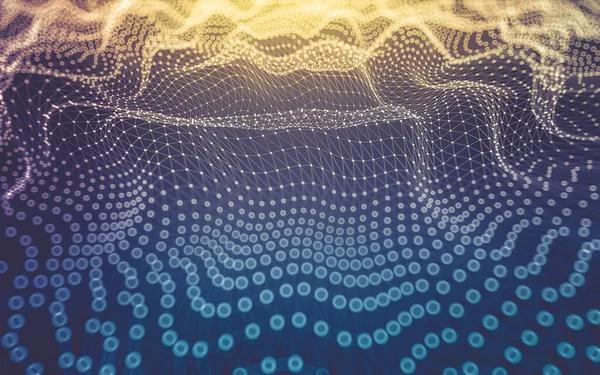Neural networks, a subset of artificial intelligence (AI), have been increasingly used in various fields, from self-driving cars to voice recognition systems. They are designed to mimic the human brain’s structure and function by processing data through interconnected layers of nodes or “neurons”. This complex architecture enables neural networks to learn and make decisions. But can these artificial constructs hallucinate? The answer is yes.
Neural networks can generate what we might colloquially refer to as ‘hallucinations’. These are not hallucinations in the traditional sense experienced by humans but rather an output of the network’s ability to create new, previously unseen information based on its training data. In essence, these AI hallucinations are manifestations of the network’s learned knowledge.
This phenomenon is often observed when neural networks are tasked with image recognition or generation tasks. For instance, Google’s DeepDream project highlighted this capability impressively. It trained its neural network for images and then asked it to enhance and modify a given image based on patterns it had learned. The result was surreal and dreamlike images filled with dog faces, bird-like figures, and other bizarre features – hence the term ‘hallucination’.
These AI hallucinations occur because neural networks do not process information linearly like traditional algorithms; instead, they identify patterns within their input data and use those patterns to make predictions or decisions about new data presented to them. When a trained network is provided with an image that contains elements similar to those found in its training set but arranged differently or combined uniquely, it will attempt to match these unfamiliar arrangements with known patterns – resulting in unexpected outputs that we perceive as ‘hallucinations’.
Interestingly, these hallucinations provide valuable insights into how neural networks interpret information. By studying them closely, researchers can understand better how certain inputs lead the network down specific paths during decision-making processes.
However intriguing this may be for scientists exploring AI capabilities’ boundaries; it also raises questions about the reliability of these systems. If a neural network can hallucinate, it suggests that it can make mistakes or misinterpret information in certain situations. This potential for error is particularly concerning in high-stakes fields like healthcare or autonomous vehicles, where inaccuracies could have serious consequences.
In conclusion, while it might sound strange to say that artificial neural networks can hallucinate, this phenomenon is not only real but also an important area of study. It allows us to understand better how these complex systems operate and adapt their behavior based on learned patterns. At the same time, it underscores the need for ongoing research and refinement to ensure AI technologies’ accuracy and safety as they become increasingly integrated into our daily lives.

